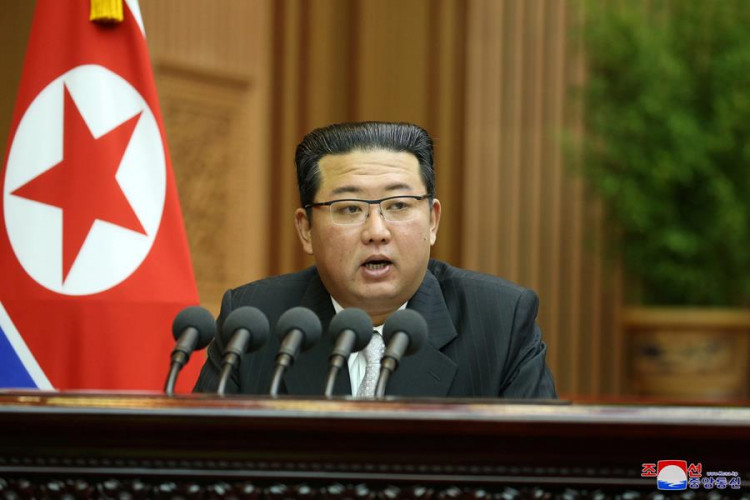North Korea has test-fired two ballistic missiles off its east coast, escalating tensions in the region just a day after condemning a new trilateral military drill by the United States, South Korea, and Japan. The Joint Chiefs of Staff in South Korea confirmed the launches on Monday morning, with the missiles being fired 10 minutes apart from Jangyon in southeastern North Korea.
The first missile flew approximately 600 kilometers (370 miles), while the second traveled a shorter distance of 120 kilometers (75 miles). South Korean media, citing an unidentified military source, suggested that the second missile might have crashed inland within North Korea. There were no immediate reports of damages on the ground.
The missile tests followed the conclusion of the "Freedom Edge" drill, a multidomain exercise involving simultaneous air and naval operations designed to enhance joint ballistic missile defense, anti-submarine warfare, and surveillance capabilities. This exercise saw participation from a U.S. aircraft carrier, destroyers, fighter jets, and helicopters from the three nations.
In a strongly worded statement issued on Sunday, North Korea's Foreign Ministry denounced the drill, describing the U.S.-South Korea-Japan partnership as an Asian version of NATO. The statement claimed the exercise was aimed at besieging China and exerting pressure on Russia, thus destabilizing the Korean Peninsula's security environment.
North Korea vowed to "firmly defend the sovereignty, security, and interests of the state and peace in the region through offensive and overwhelming countermeasures."
Monday's missile launch marks North Korea's first weapons test in five days. Last Wednesday, the North claimed to have successfully launched a multiwarhead missile designed to evade U.S. and South Korean missile defenses. However, South Korea dismissed this as a deceptive claim to cover up a failed test.
In recent weeks, North Korea has also engaged in psychological operations by sending numerous trash-carrying balloons toward South Korea. This was described as a retaliatory measure against South Korean activists who sent political leaflets into the North using similar balloons. Additionally, North Korea and Russia recently struck a defense pact pledging mutual assistance if either country is attacked, raising concerns that this could embolden North Korea to conduct further provocations.
South Korea's Joint Chiefs of Staff reiterated the country's readiness to respond to any provocations from the North in conjunction with its alliance with the United States. The South Korean military emphasized its firm stance on maintaining security and stability in the region.
The "Freedom Edge" drill is part of an ongoing effort by South Korea, the U.S., and Japan to bolster their trilateral security partnership in response to North Korea's evolving nuclear threats and China's growing assertiveness in the region. The three-day exercise aimed to refine previous drills and improve joint capabilities in ballistic missile defense and other critical military operations.
In a parallel development, North Korea commenced a key ruling party meeting last Friday to address what it termed "important, immediate issues" related to enhancing its Korean-style socialism. During the second day of the meeting, leader Kim Jong-un discussed "some deviations obstructing" the country's economic progress and outlined urgent tasks for resolving immediate policy issues, according to state media reports.






